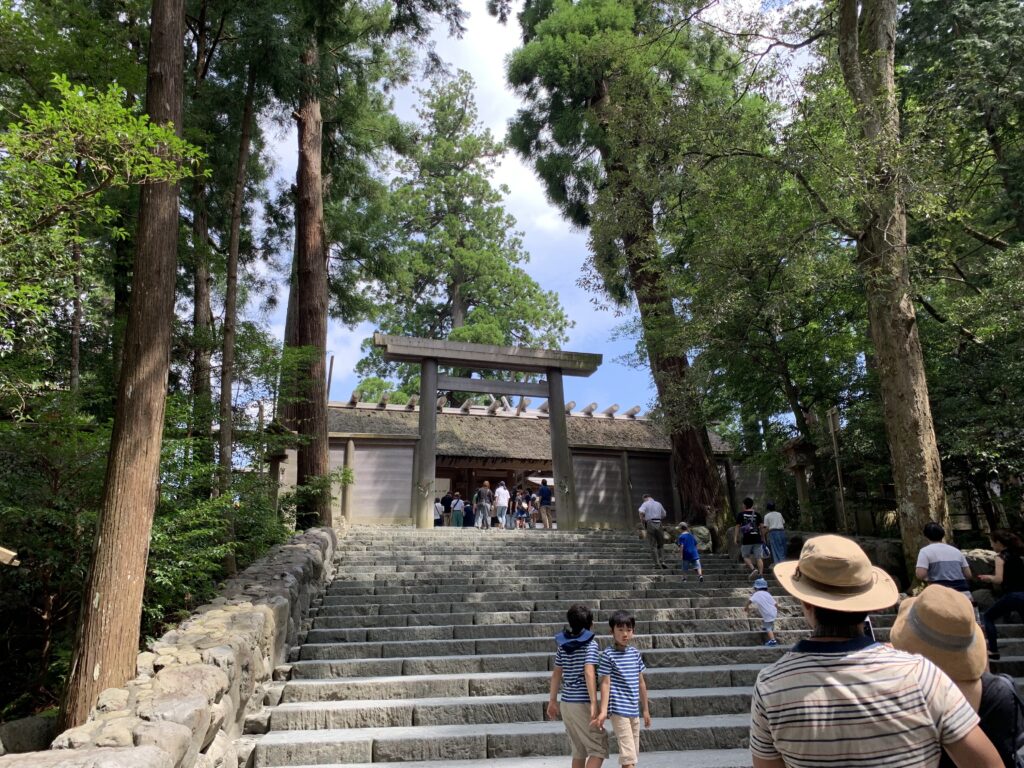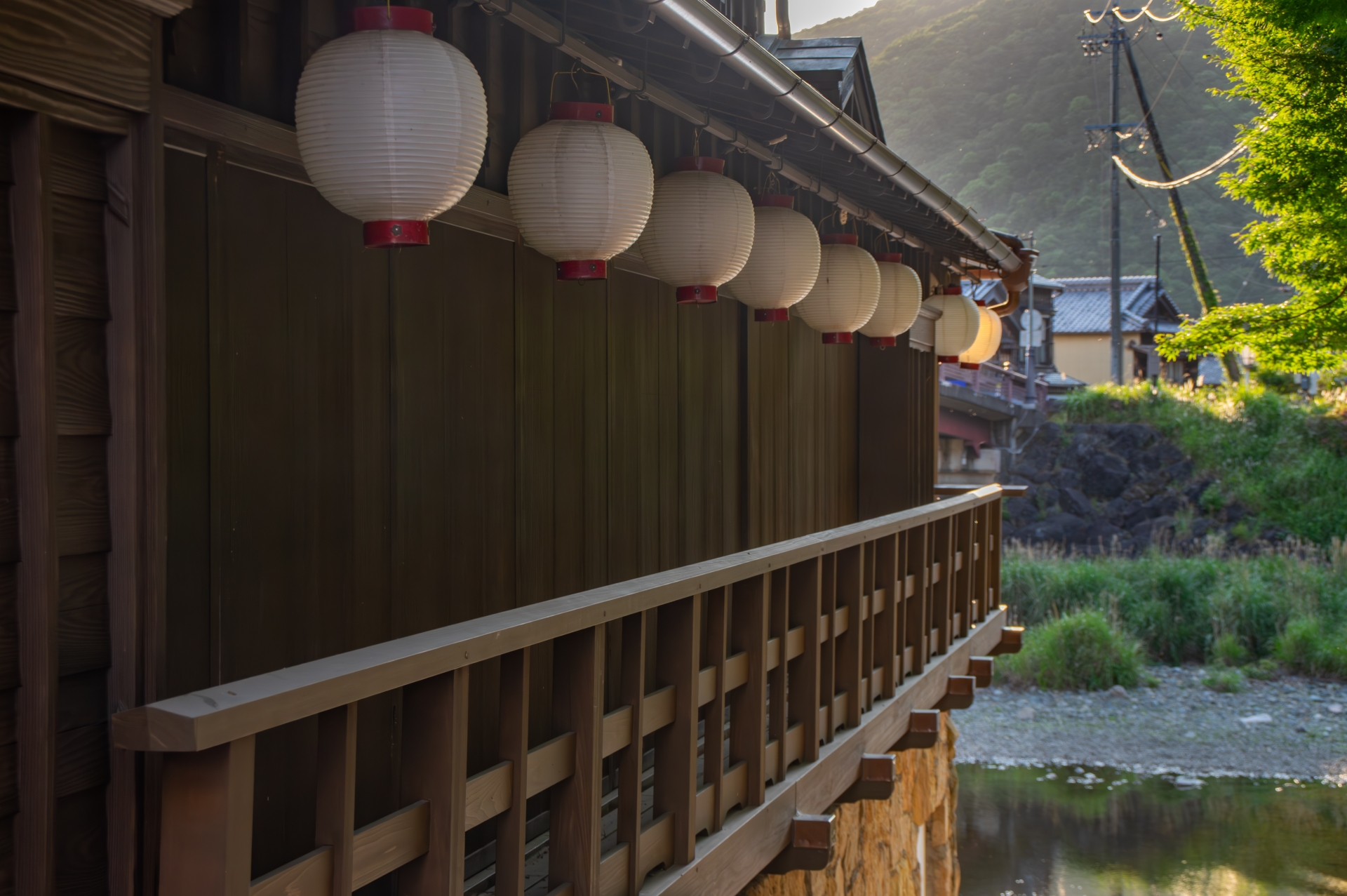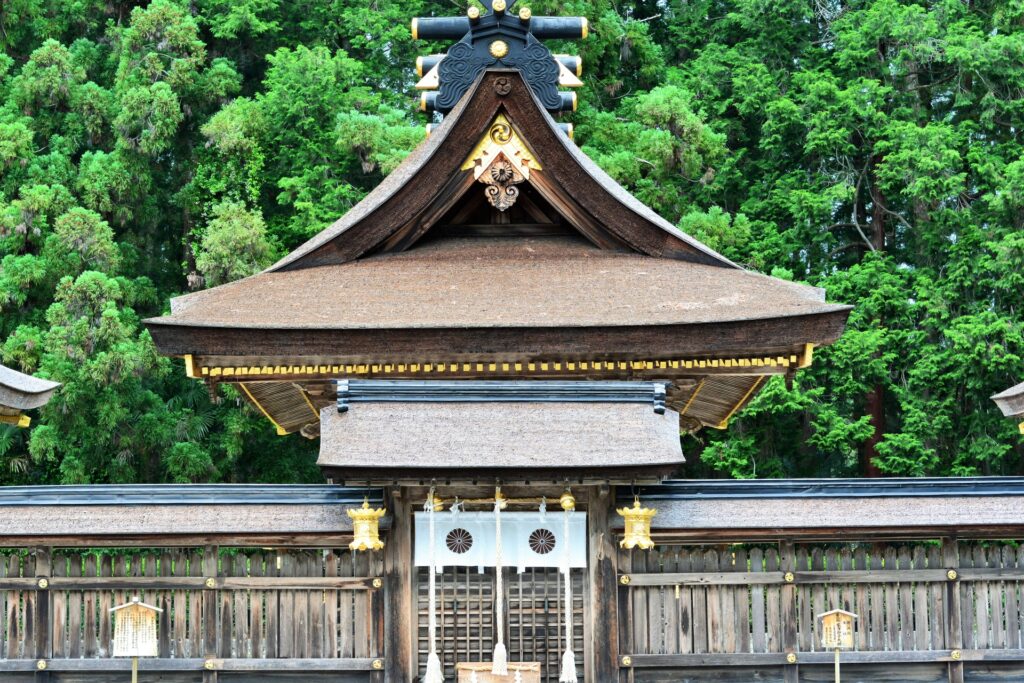OPEN CATEGORY
Inuyama Castle
Inuyama Castle is one of the 12 remaining castles and the oldest original wooden castle in Japan today. Originally constructed in 1537, Inuyama is also one of only five castles to have been designate...Ise Grand Shrine
The Ise Grand Shrine is the most important Shinto complex in Japan. Dedicated to the sun goddess Amaterasu-Omikami, the complex is made-up of multiple shrines—a total of 125—and other structures cent...Oharaimachi
Leading to the Inner Shrine of the Ise Grand Shrine, Oharaimachi is an 800 meter stretch of traditional buildings, souvenir shops, and restaurants. This pleasant area has been serving pilgrims and vi...Walk the Kumano Kodo Trail
Located on the Kii Peninsula, the ‘Kumano Kodo’ is one of only two – along with the Camino de Santiago in Spain – religious pilgrimage routes in the world to have been afforded World Heritage status....Kumano Hongu Taisha
Located at the centre of the Kumano Kodo network of pilgrimage trails, the Kumuno Hongu Tasiha, also referred to as ‘Tanabe’ is one of the Kumano Grand Shrines. It enshrines Kumano Gongen, the shrine...Kumano Nachi Taisha
Kumano Nachi Taisha includes both a Shinto shrine and Buddhist temple – which for most of their history were under the control of one religious authority. Facing ‘Nachi-no-taki’, a 133 metre tall wat...Kumano Hayatama Taisha
The Kumano Hayatama Taisha, also referred to as ‘Shingu’ is one of the Kumano Grand Shrines. Located on the coast in Shingu City, the shrine is nearby the mouth of the Kumano River from which water f...Explore Koyasan (Mount Koya)
As the centre of the Shingon Buddhism, Mount Koya or ‘Koyasan’ is one of Japan’s most important centres. Founded in the 9th century by the monk Kukai – one of the most significant historic and re...Okunoin Temple
As the mausoleum of Kobo Dashi, founder of Shingon Buddhism, Okunoin Temple is the most important site in the Koyasan (Mount Koya) complex and one of the most important temples in Japan. Also kno...













